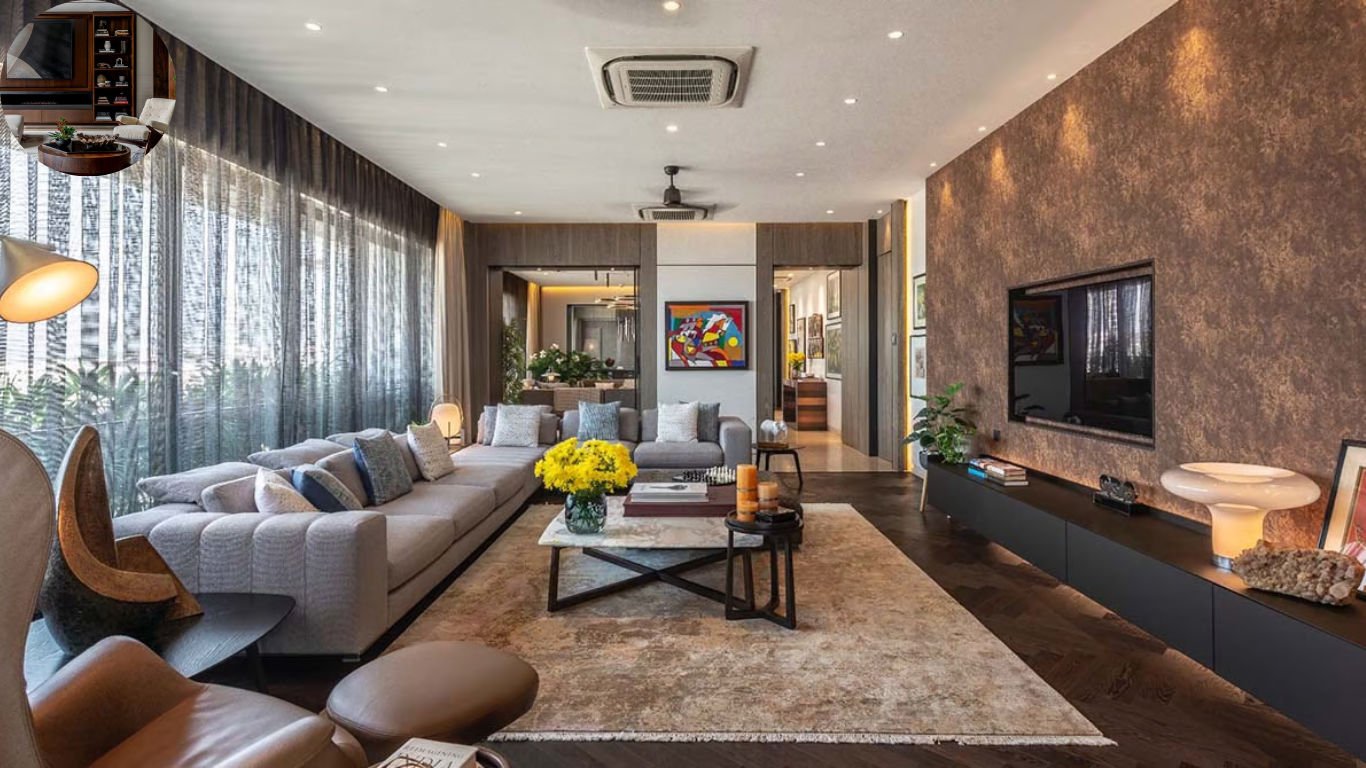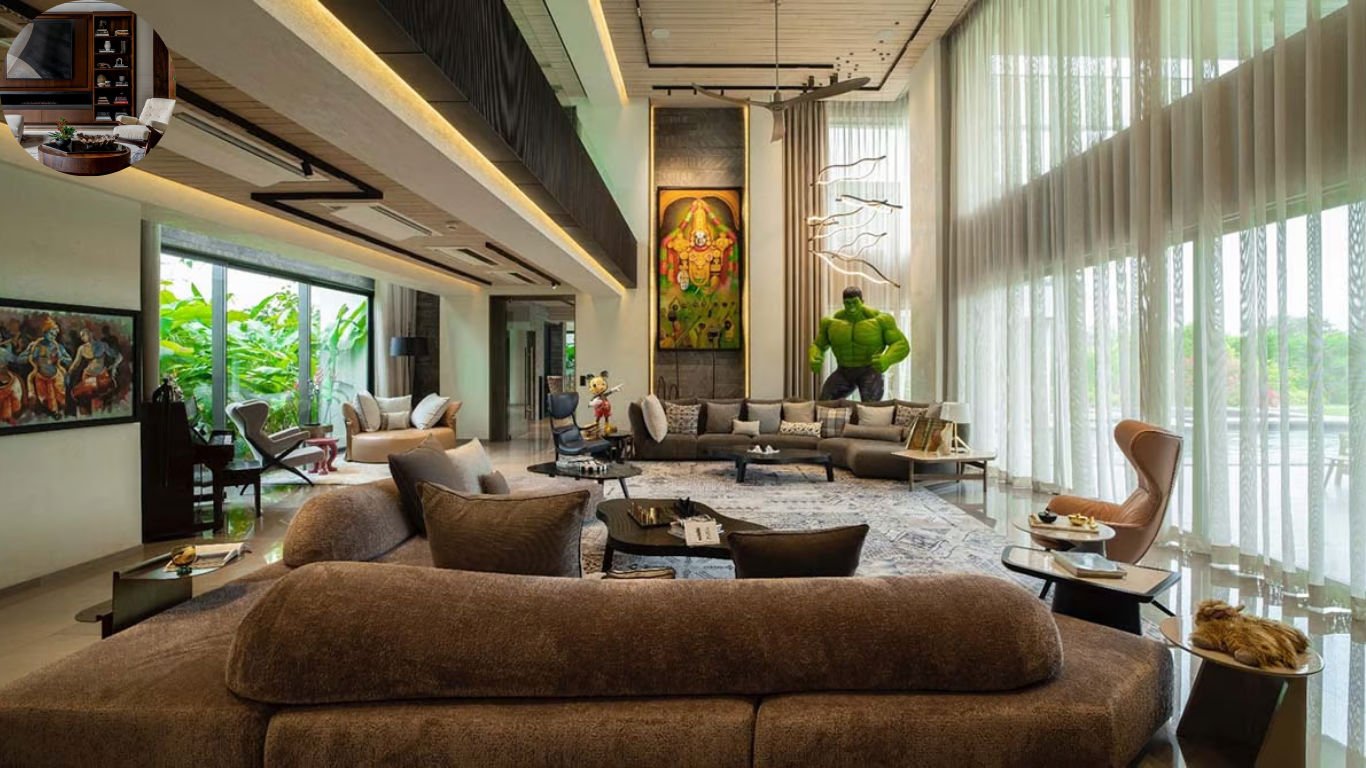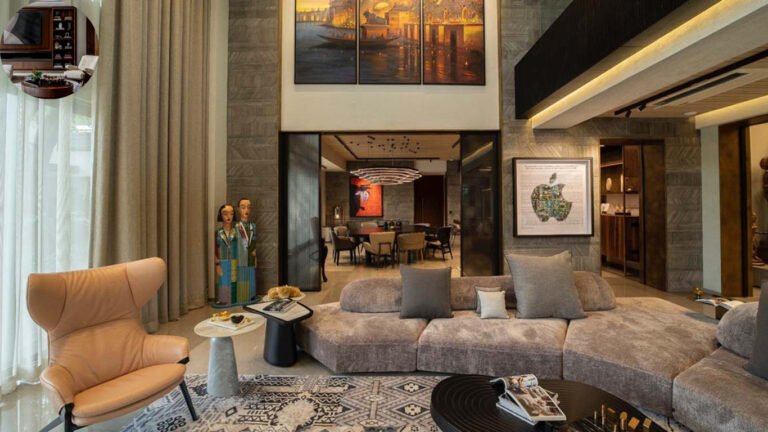Home Interiors, once a pioneering home decorating company founded in the early 1980s, played a significant role in shaping the home decor industry through its unique direct sales model and distinctive product offerings. Although the company ceased operations in 2008, its influence persists in today’s design world, particularly in how modern home decor businesses engage with customers and personalize design experiences. The legacy of Home Interiors lives on through contemporary platforms that empower individuals to create personalized interiors, blending traditional inspiration with modern technology and trends. While the brand itself no longer exists, the concepts it introduced continue to resonate, reflecting an evolution in home design that balances nostalgia with innovation.
The Rise and Fall of Home Interiors
Home interiors have seen a fascinating journey over the decades. Once celebrated for ornate designs and intricate details, these styles reigned supreme in homes across the globe. The 20th century brought an explosion of creativity, bringing traditional crafts into modern households.
However, as lifestyles evolved, so did our preferences. The rise of minimalism shifted focus away from elaborate home interiors toward simplicity and practicality. People began to favor open spaces filled with functional furniture rather than decorative pieces that served little purpose.
With economic changes and shifting cultural priorities, many homeowners sought refuge in streamlined aesthetics. This transformation led to a decline in traditional interior design elements that once dominated our living spaces.
Despite this shift, echoes of classic home interiors linger on today—blending effortlessly into contemporary frameworks while still holding their charm.
Current Design Trends: Minimalism and Functionality
Creating spaces that breathe, it emphasizes simplicity and clean lines.By reducing clutter, homeowners find serenity in their surroundings.
Functionality plays a crucial role alongside minimalistic aesthetics. Each piece in a room must serve a purpose, enhancing daily life without overwhelming it. Multi-functional furniture has become essential for maximizing space while maintaining style.
Natural materials are often favored in this trend, adding warmth to stark designs. Wood accents or stone finishes can soften sharp edges and create inviting atmospheres.
Color palettes lean towards muted tones: soft grays, warm whites, and earthy hues dominate modern interiors. This choice invites tranquility rather than chaos into living spaces.
As designers focus on sustainability, eco-friendly practices continue to shape trends as well. Choosing sustainable products aligns with the minimalist lifestyle while promoting environmental responsibility.
See also how do i open a home decor store
Navigating the Modern Design World
Navigating the modern design world can feel overwhelming. With an array of styles and trends to choose from, it’s essential to find your unique voice.
Start by exploring different aesthetics.Inspiration can be found on social media platforms. From Instagram boards to Pinterest pins, these visual galleries showcase everything from sleek minimalism to vibrant bohemian vibes.
Next, consider functionality alongside beauty. Today’s designs prioritize how spaces work as much as how they look. Assess your needs—do you require more storage or a cozy reading nook?
Mixing vintage pieces with contemporary decor creates depth and character in any room.
Trust your instincts when making decisions about space. After all, it’s your home that should reflect who you are at its core; let authenticity guide you through this modern maze of possibilities.
Finding a Balance between Function and Aesthetics
Finding a balance between function and aesthetics is essential in modern design. Designing Spaces That Inspire and Function
Transform Your Space with Thoughtful Furniture Choices A stylish coffee table can double as storage, keeping your space tidy while making it visually appealing.
Layering textures adds character without sacrificing practicality. Soft rugs paired with durable materials can create an inviting atmosphere that stands up to daily wear.
Lighting plays a crucial role too. Choose fixtures that are stunning yet functional, like pendant lights over dining areas for ambiance and practicality.
Infusing Your Signature Style into Art and Decor.These elements add warmth and make the space feel lived-in, striking the right harmony between style and everyday life.
See also home decor business how do i get started
Tips for Incorporating Traditional Home Interior Elements into Modern Design
How Traditional Home Elements Infuse Depth and Character into Modern Design Here are some practical tips to seamlessly blend the old with the new:
Start by selecting a few standout pieces from different eras. A vintage chair or an antique coffee table can serve as conversation starters while anchoring your space.
Consider mixing materials for added texture. Pair sleek metal accents with warm wood finishes to create a dynamic look that feels both contemporary and inviting.
Incorporate patterns thoughtfully. Traditional prints, such as florals or damasks, can be used in throw pillows or area rugs without overwhelming the overall aesthetic.
Artwork plays a crucial role too. Hang classic paintings alongside modern artworks for an eclectic gallery feel that showcases your style evolution.
Lighting is another key element where you can merge styles effortlessly. A contemporary pendant light over a rustic dining table creates an intriguing focal point, blending functionality with charm.
Don’t shy away from color! Use rich hues inspired by traditional palettes to evoke warmth while maintaining a fresh vibe within your living spaces.
By thoughtfully integrating these elements, you not only honor time-honored designs but also craft environments that resonate with personal stories and experiences—proving once again that home interiors still have their rightful place in today’s ever-evolving design landscape.
